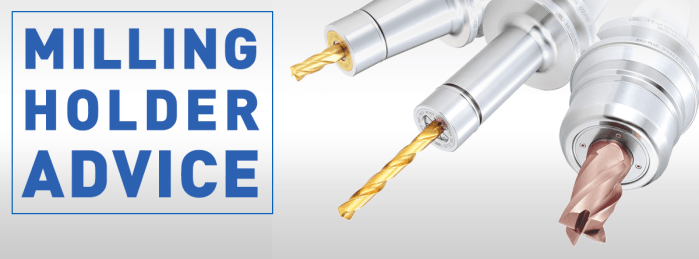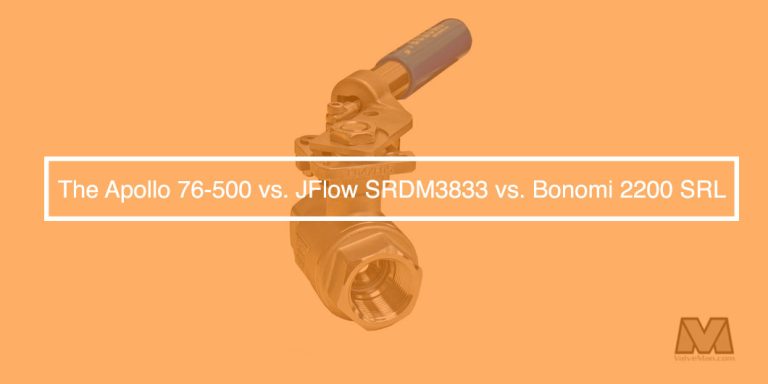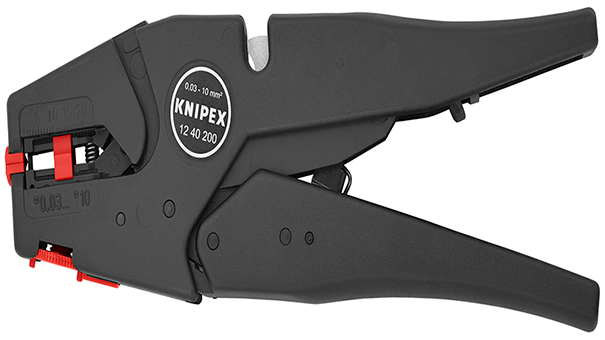Tolls in Spain: How They Work and How to Pay Them
If you’re considering exploring Spain by road, you’ll need to know all about the toll system to avoid unpleasant surprises.
Along with the pre-trip car maintenance checklist, you should work out how much fuel you’ll use and the amount you’ll pay to use the toll roads in Spain. Doing so gives you an idea of how much you’ll spend.
How do tolls work in Spain? How much do tolls cost in Spain? Find out the answer to these and other questions in this article.
If you’re planning a trip to Spain, consider the documents you’ll need to carry in your car.
If travelling to Spain from Portugal or any other country within the European Union (EU), the documents you’ll need to carry are the same when driving in Spain.
Which Documents will you need to Drive in Spain?
You’ll need to carry your driving licence and car documents to travel on Spanish roads. You must also have your identification documents with you.
![]()
- Encrypted Keys: Finding out Codes and Prices
What Types of Tolls are there in Spain?
Tolls differ depending on the road infrastructure and the companies responsible for managing them.
In view of these aspects, the main types of tolls are:
-
Motorways
Named AP followed by a number (e.g., AP-1), these are generally operated by private companies.
These have tolls all the way along their route, and prices are based on the distance travelled.
-
Toll roads (”Autovías De Tolaje”)
These are usually located along sections of roads near large cities.
The price paid is based on the distance travelled.
-
Tolls on Bridges and Tunnels
This type of toll is reasonably common in Spain. These aim to differentiate themselves from other tolls in Spain.
-
Urban tolls in Spain
To restrict traffic in certain areas, tolls are placed at the entrance of large cities such as Barcelona, which has a Low Emissions Zone, taxing cars with higher polluting gas emissions.
Is there a Toll Map of Spain Available Online?
Whether to save fuel or avoid the tolls in Spain, it is useful to check the routes you can take in the country.
To plan your itinerary and see where the tolls are located, use online maps such as ViaMichelin, which has an “Avoid Tolls ” filter.

Which Motorways do you Have to Pay to Use in Spain?
The following is a list of the main motorways in Spain on which tolls have to be paid and their connections:
Which are the Free Motorways in Spain?
There are, however, free motorways in Spain (“autovias”), the main ones of which are:
- A-1 Motorway: connecting Madrid to the French border, taking you through cities such as Burgos, Vitoria, and San Sebastián;
- A-2 Motorway: connecting Madrid to Barcelona, through Zaragoza and Lleida;
- A-3 Motorway: connecting Madrid to Valencia through Requena and Buñol;
- A-4 Motorway: connecting Madrid to Seville, through Córdoba and Jaén;
- A-5 Motorway: connecting Madrid to Badajoz, on the Portuguese border, through Talavera de la Reina and Mérida;
- A-6 Motorway: connecting Madrid to A Coruña, through León and Lugo;
- A-7 Motorway: connecting the east coast of Spain, from the French border to Algeciras, through Barcelona, Valencia, Alicante, and Malaga;
- A-8 Motorway: runs through the northern coast of Spain, from the French border to southern Galicia, with stops in Bilbao, Santander, and Gijón;
- A-9 Motorway: connecting La Jonquera, on the French border, to Porto Do Son, in Galicia. It runs along the north-western coast of Spain.

How much do Tolls Cost in Spain?
On average, tolls in Spain cost € 9.50 per 100km. However, the price varies depending on the type of vehicle (car, lorry, etc.), distance, and area travelled through.
If you want to get an idea of the price of tolls in Spain, you can use travel simulators or motorway concessionaire websites of the motorways you plan to use.
How do you Calculate Tolls in Spain?
To work out how much you will pay in tolls, you’ll need to consider the type of vehicle you’re driving, whether it is a light or heavy vehicle (a lorry, for example).
Then, use an application such as ViaMichelin or Waze. Alternatively, you can use the Ministry of Transport, Mobility and Urban Agenda website to find out the exact rates you’ll need to pay.
Once you understand the Spanish road system, it’s only natural to wonder how tolls are paid in Spain.
How do You Pay Tolls in Spain?
You can pay tolls in Spain manually using cash or a credit card.
If you have a Spanish bank account, you can use the local electronic payment system, which makes use of specific identifiers.
Concessionaire Audasa/Itineri
- AP-9 (Autopistas del Atlântico, Concesionaria Española);
- AP-66 (Campomanes – León);
- AG-55 (A Coruña – Carballo);
- AG-57 (Puxeiros – Val Miñor);
- AP-15 (Autopistas de Navarra).
Operated by Abertis
- AP-6 (Villalba/Adanero);
- AP-68 (Bilbao – Zaragoza);
- AP-51 (Villacastín/Ávila);
- AP-61 (San Rafael/Segovia);
- C-32 (Castelldefels – Sitges – El Vendrell);
- AP-71 (León – Astorga).
Operated by ACEGA
- AP-53 (Santiago de Compostela-Ourense).
Now you have no excuses: you know how to pay tolls in Spain, so you can avoid making mistakes and enjoy simply relaxing.
Interested in finding out more about the world of all-things cars? Then follow us on Facebook and keep up with our daily content.
![]()




